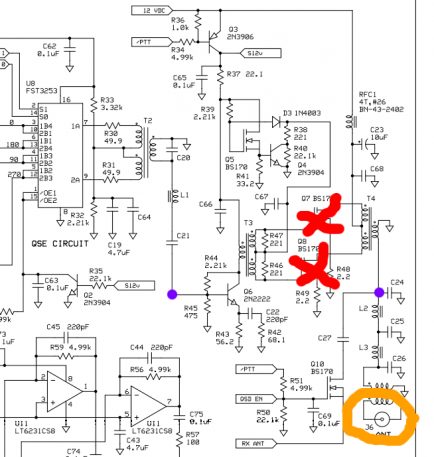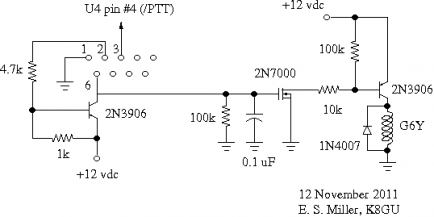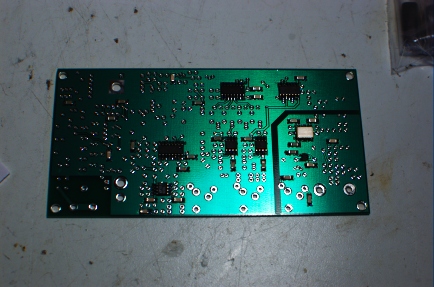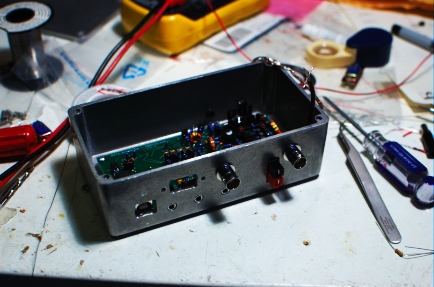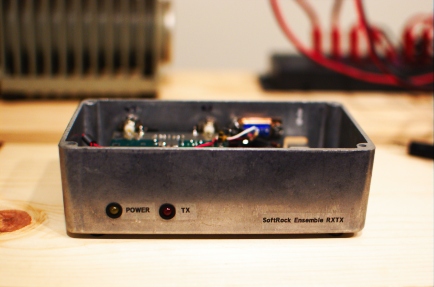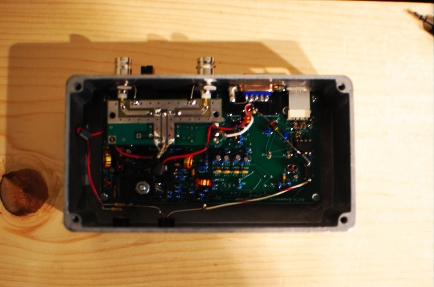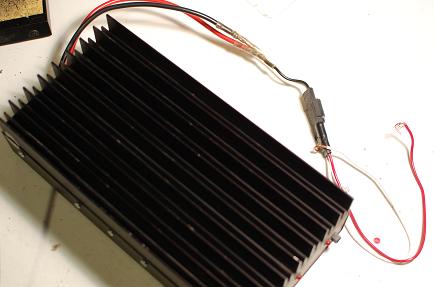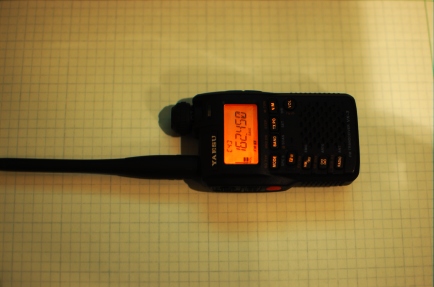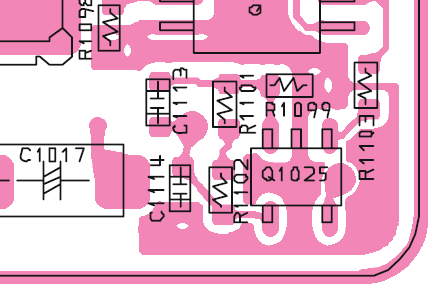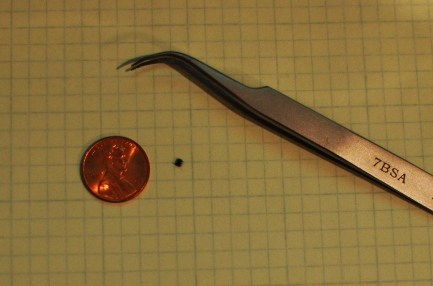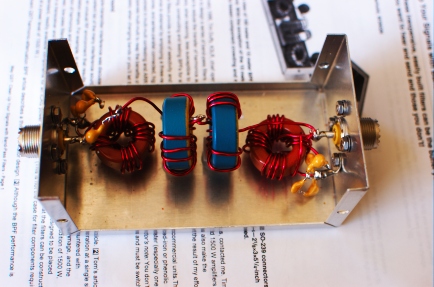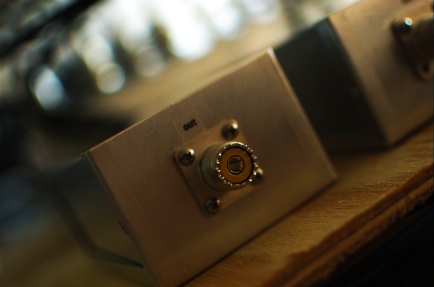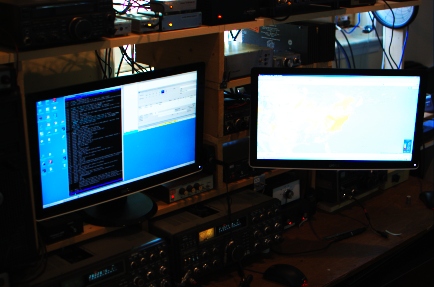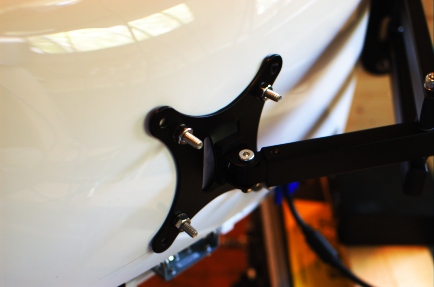First of all, Happy New Year, loyal readers. I have been exhorted by several enthusiasts of the blog to write more. The months of November and December are busy around the Miller household with the CQ WWs, ARRL Sweepstakes, Thanksgiving, Christmas, and an annual professional conference on the West Coast between Thanksgiving and Christmas. So, this is a drought time of year for writing. A number of projects around the station have been started or completed and those will be written up as time allows. Travel and potential DX operation is on the horizon, etc, etc. However, today’s topic is WordPress comment spam.
I hadn’t checked the moderation queue on the blog comments for about six weeks until recently. There were some 1500 comments pending. Exactly two of them were from real commenters. (Thanks, by the way!) I could subscribe to a service (like Akismet) to stem the flow of spam, but I’m a cheapskate and skimming the spam is a bit like reading the police blotter in your local newspaper—a guilty pleasure.
The Internet democratizes the sale of nearly everything, legal or not, by providing a low-cost storefront for a business that can be based anywhere in the world, plus (semi-)anonymous payment. This is great for obtaining otherwise unobtanium surplus electronics and parts. But, it’s also great for anyone selling anything else that is high-risk (for vendor or purchaser) or low-volume in a standard retail setting. The difficulty for everyone is getting your business noticed. Enter search-engine optimization (SEO): techniques that game search engine algorithms to increase your visibility in a search. Google’s PageRank, for example considers the number of links to a site as a measure of its popularity. So, blasting every blog’s comment boxes with links to your site is a brute-force way to game that system (except the smart engineers at Google have weighted PageRank with the “quality” of the linking page and a whole host of other trade-secrets). Some SEO schemes appear also to develop trees of “link farms” to improve “quality.” But, this is just an arm-chair assessment.
Anyhow, the upshot is that there are a lot of keywords and links embedded in SEO spam. The keywords generally reflect what’s offered for sale and they seem to reflect typical black and gray market goods—counterfeit designer clothing (Ugg boots are the informal favorite in my spam tin, with sports jerseys a distant second), pornography, and dubious medical products and home remedies (“tattoo removal creams” was a recent example). Today, the bit bucket found a dozen or so messages such as these:
All point to the same site and contain keywords about amateur radio topics (except the SEO one at top). So, I can infer that one of several things happened: 1. The site owner’s site got hacked and the SEO scumbags wove their material into it to make the SEO look somehow more “legitimate.” 2. The site owner acted (paid…*shudder*) on one of those spam e-mails every domain owner receives that offer to “increase traffic to your site.” 3. The site owner is an SEO scumbag himself.
I’m leaning toward explanation #2, since the site itself makes him sound like the Homer Simpson line, “Oh, they have the Internet on computers now?!” Whatever the case, this is inappropriate behavior and I refuse to mention the site owner by name, callsign, or link, lest the action be successful. It’s the equivalent of splattering up and down the band on SSB when running high power to a good antenna. You’re a lid.
Ok, I feel better now.

